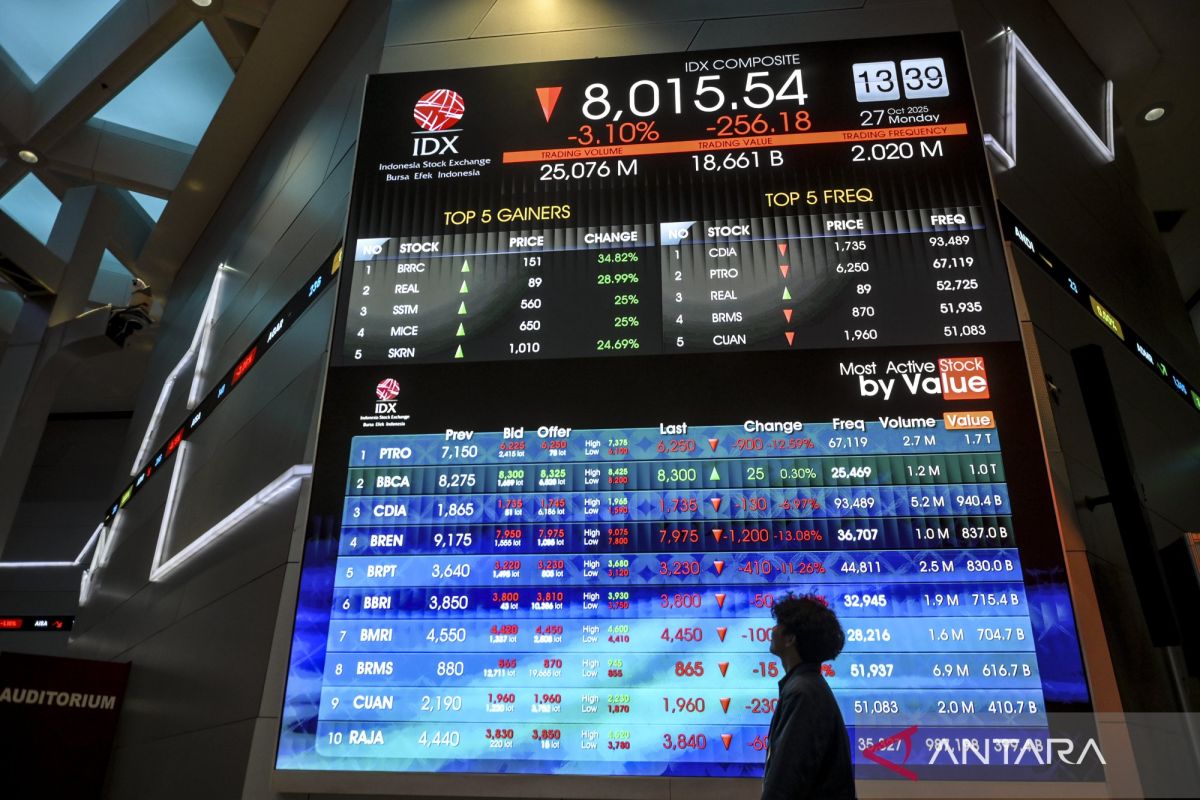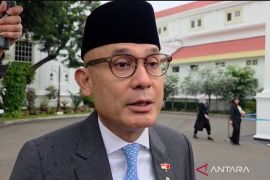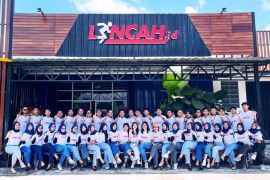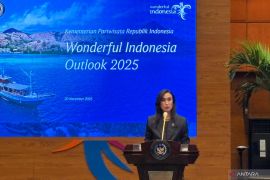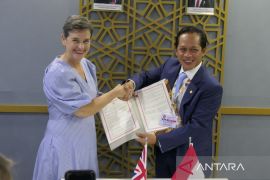UOB analyst Kay Hian Suryaputra Wijaksana, in his research here on Tuesday, said that economic activity is projected to increase in line with the acceleration of government spending.
This projected increase is also driven by improved political stability and rising business and consumer confidence in the fourth quarter of 2025, which is expected to support a moderate acceleration in credit growth by the end of 2025.
“Accelerating fiscal spending realization and improving domestic sentiment will drive more stable M2 (money in circulation) growth and strengthen the economic foundations as the year draws to a close,” Wijaksana said.
He said liquidity from the government's placement of funds in the Association of State-Owned Banks (Himbara) is still awaiting technical guidance before it can be distributed to the real sector.
Excess banking liquidity flowed into the government bond market, driving high demand and causing a significant decline in the yield on Government Securities (SUN) in September 2025, he said.
Furthermore, he said that this condition was also strengthened by the purchase of bonds by Bank Indonesia (BI), which further strengthened the domestic securities market.
"With demand for government bonds far exceeding supply, bond yields tend to decline," Wijaksana said.
On the other hand, he projected that inflationary pressures are expected to remain under control despite increased liquidity, with inflation projected at 2.7 percent in 2025, or still within BI's target range of 1.5-3.5 percent.
With stable inflation and strong economic growth, he believes that BI will maintain a loose monetary policy to encourage credit expansion and sustain recovery momentum.
"The combination of rupiah stability, a trade surplus, and low inflation allows BI to maintain an accommodative stance," Wijaksana said.
With inflation under control, a solid bond market, and supportive monetary policy, he also believes Indonesia remains on a strong path to maintaining economic momentum through 2026.
Broad money supply (M2) growth increased to 8.0 percent year-on-year (yoy) in September 2025, up from 7.6 percent (yoy) in the previous month.
This growth was supported by a 12.6 percent increase in net foreign assets (NFA), driven by a weakening rupiah exchange rate and a significant trade surplus.
Meanwhile, net domestic asset (NDA) growth was recorded at 6.8 percent (yoy) as of September 2025, indicating that government liquidity in the banking sector has not been fully channeled into new credit.
Related news: Indonesia fast-tracks fishermen villages to boost coastal economy
Related news: Strong food safety could add Rp8,000T to Indonesia's economy: BPOM
Translator: Muhammad Heriyanto, Katriana
Editor: M Razi Rahman
Copyright © ANTARA 2025
